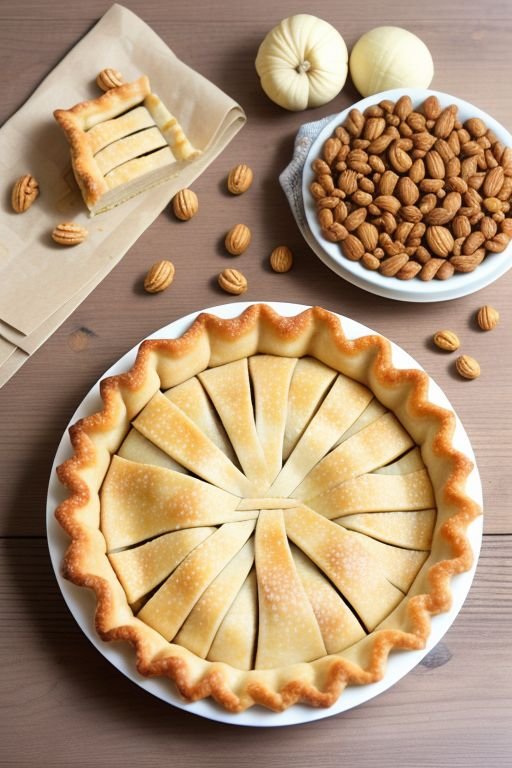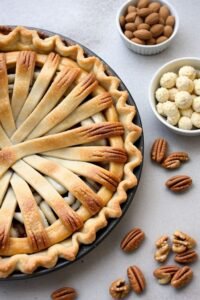Is cobbler dough the same as pie crus
Is cobbler dough the same as pie crus? » This question often pops up among dessert lovers and baking enthusiasts. To answer it, we must delve into the essential characteristics and culinary uses of each. Both cobbler and pie are staples in the sweet world of desserts, celebrated for their delicious combinations of fruit and dough. However, they cater to different tastes and preferences through their distinct textures and preparation methods.
Understanding the Basics of Cobbler and Pie
-
Introduction to Pies and Cobblers
- When envisioning warm, comforting desserts, pies and cobblers likely come to mind as perennial favorites.
- They are known for their fruity, sugary fillings and tempting dough, each bringing a unique flair to the dessert table.
-
Distinctive Features of Pies
- Pies typically feature a flaky, buttery crust that encases the filling, providing a sliceable and often artistically crafted dessert.
-
Characteristics of Cobblers
- Conversely, cobblers offer a more rustic touch with a biscuit-like topping scattered over the fruit, creating a delightfully textured surface once baked.
Key Similarities and Differences in General Terms
- Comparing Pies and Cobblers
- While pies and cobblers might appear similar at first glance—both being traditional fruit desserts—their differences are crucial.
- Crust Variations
- The primary distinction lies in the crust: Pie crusts are crafted to be thin and crisp, achieved through a meticulous process of chilling and rolling out the dough.
- Cobblers generally employ a simpler method, utilizing a dropped or spooned dough that resembles biscuit batter, resulting in a softer and more crumbly topping after baking.
Celebrating the Diversity of Dessert Baking
-
Exploration and Appreciation
- This exploration is not just about differentiating these popular desserts; it’s a celebration of the diverse world of dessert baking.
- Understanding these differences can deepen your appreciation for both and might even inspire you to experiment with new recipes.
-
Resources for Baking Enthusiasts
- For those eager to enhance their baking skills, King Arthur Baking offers expert baking tips and techniques, perfect for both novice bakers and seasoned pros.
What Defines a Cobbler?
-
Cobbler Dough Composition and Preparation
- Unlike pie crust, cobbler dough embraces rustic simplicity.
- Cobbler dough resembles biscuit dough—soft, thick, no rolling needed.
- Ingredients typically include flour, butter, sugar, milk or buttermilk.
- The dough is dropped over fruit filling, creating a rough, crumbly top crust.
- It contrasts beautifully with the soft, juicy fruit beneath.
-
Baking a Cobbler: What to Expect
- When you bake a cobbler, expect a less formal dessert than a pie, but one that’s no less delicious.
- The dough becomes lightly golden and biscuity, with a slight crisp on the outside and a tender, cake-like inside.
- This top layer absorbs some of the fruit juices as it bakes, resulting in a flavorful and moist topping that complements the sweetness of the fruit.
- Cobblers are generally easier and quicker to prepare than pies, making them a favorite for casual gatherings and last-minute dessert cravings.
-
What truly sets a cobbler apart
- It’s the perfect dessert for those who appreciate the beauty in imperfection—each cobbler is unique, with each dollop of dough adding a personal touch.
- Whether you’re using seasonal berries, peaches, or cherries, a cobbler is a wonderful way to showcase the natural flavors of the fruit.
- Exploring the world of baking and dessert making
- For those looking to dive deeper into the world of baking and dessert making, visiting sites like Food Network can provide you with additional insights and creative ideas from culinary experts.
- From traditional recipes to modern twists, these resources are invaluable for anyone eager to explore the versatile and comforting world of cobblers.


